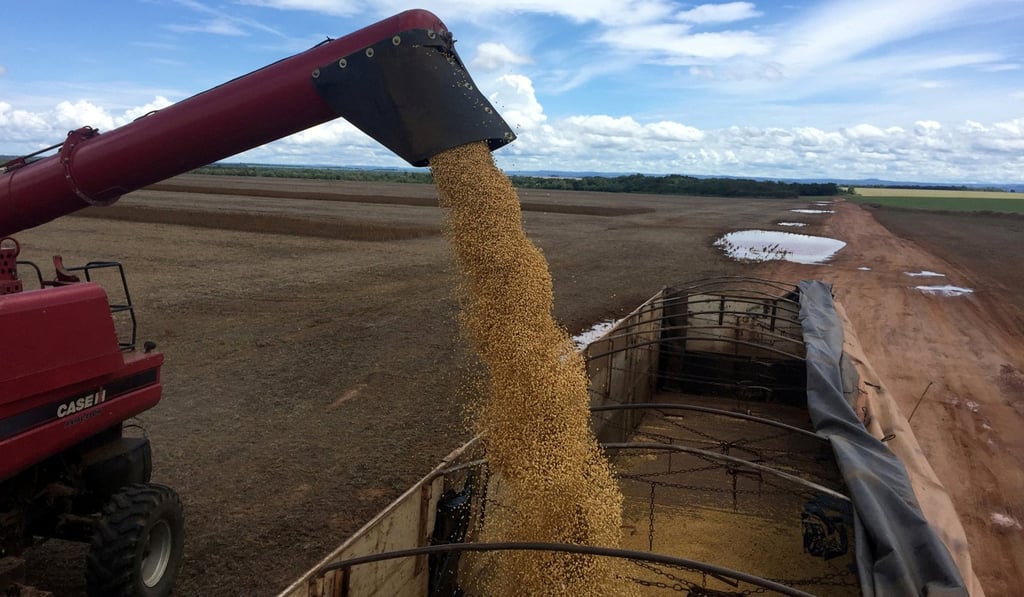US-China trade war ‘imperils’ Amazon forest, experts warn
- Surge in soybean farming in Brazil expected if trade war drags on too long, as rainforest destruction may be required to make room for more crops

The simmering trade war between the United States and China risks devastating the Amazon rainforest as Beijing looks for ways to make up a shortfall in US-grown soybeans, experts warned on Wednesday.
Over the last eight months, the US and China have slapped tariffs on more than US$360 billion in two-way goods trade, weighing on the manufacturing sectors in both countries.
One US export especially hard hit by the tit-for-tat measures has been soybeans, most of which are used for animal feed.
Chinese imports of US soya products “basically collapsed to zero” at the end of 2018, according to the authors of an article in the journal Nature on how the trade war may unexpectedly affect Brazil’s Amazon rainforest.

Due to China’s insatiable demand for meat products and its reliance on imported soybeans to feed its livestock, the authors said Brazil would need to take up the production slack if the dispute drags on.